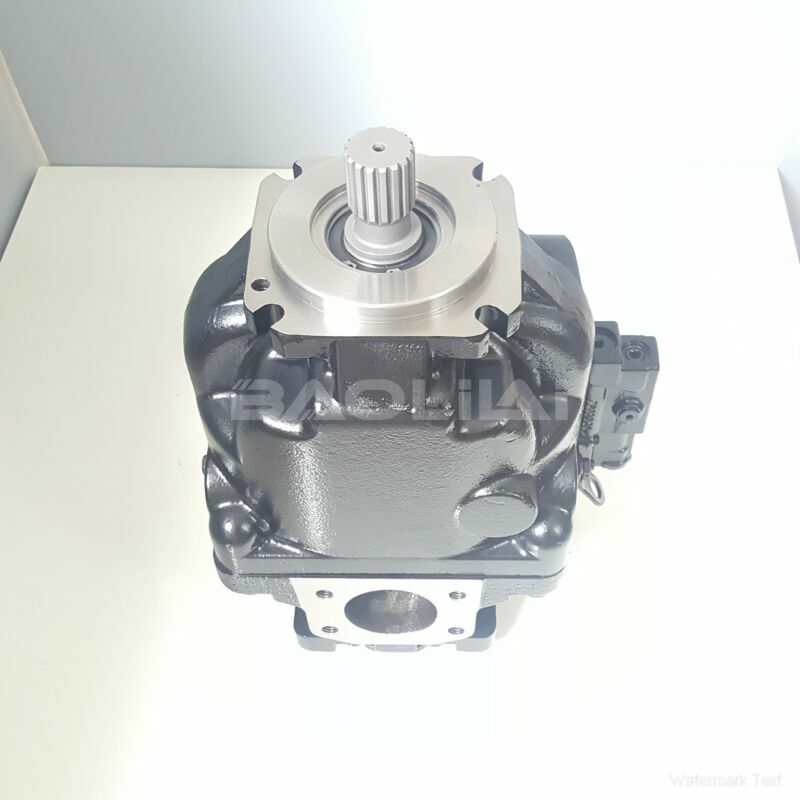ERR130BPC14NNNNN3K5APA1NNNNNNNNNN danfoss pump
ERR130BPC14NNNNN3K5APA1NNNNNNNNNN danfoss pump

- Product Details
- Applicable Scene
Hydraulic pumps are essential tools in various industries, enabling safe and efficient lifting of heavy objects. When used correctly, they enhance productivity and safety. This article will guide you through the fundamental steps to effectively use hydraulic pumps for lifting tasks.
ER-R-130B-PC-14-NN-NN-N-3-K5AP-A1N-NNN-NNN-NNN
ERR130BPC14NNNNN3K5APA1NNNNNNNNNN
Understanding the Components

83018525
Before diving into the operational steps, it is vital to familiarize yourself with the main components of a hydraulic lifting system, which typically includes the hydraulic pump, hydraulic cylinder, hoses, and the load being lifted. Each part plays a critical role in the overall functioning of the system.
Safety Precautions
Safety should always be the top priority when using hydraulic pumps. Here are essential precautions you should take:
Wear Protective Gear: Always wear appropriate personal protective equipment (PPE), including gloves, safety goggles, and steel-toed boots.
Check for Damage: Before use, inspect the hydraulic pump, hoses, and cylinder for any signs of wear or damage. Replace any faulty components to prevent accidents.
Follow Manufacturer Instructions: Always adhere to the guidelines provided by the manufacturer. These instructions will include specific safety recommendations and operational procedures.
Operational Steps
Setup: Position the hydraulic pump near the load that needs to be lifted. Ensure the area is free from obstructions and that the ground is stable to support the weight.
Connect the System: Attach the hydraulic hoses securely to the pump and hydraulic cylinder. Ensure all connections are tight to prevent leaks.
Check Fluid Levels: Before using the pump, check the hydraulic fluid levels. The fluid should be at the recommended levels according to the manufacturer’s specifications.
Activate the Pump: Start the hydraulic pump according to the manufacturer’s instructions. This often involves either a manual lever or an electric switch.
Monitor the Pressure: As the pump elevates the load, keep an eye on the pressure gauge to ensure that it remains within the safety limits. Over-pressurization can lead to system failure.





